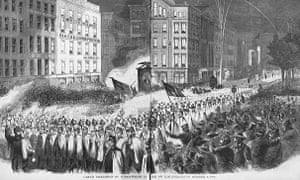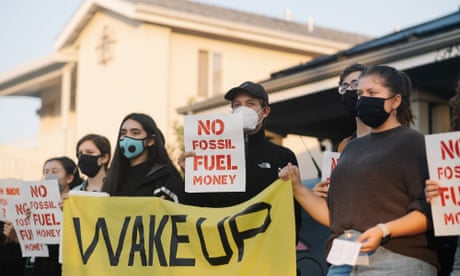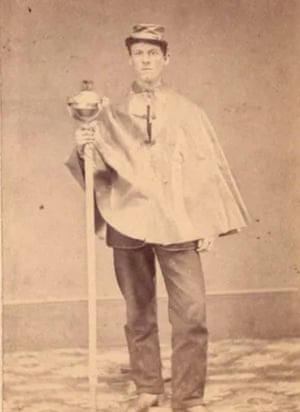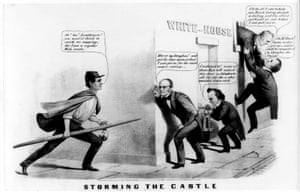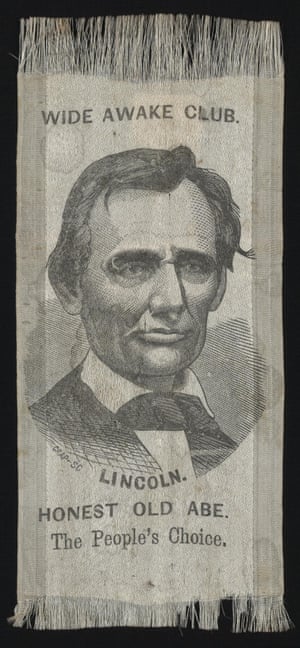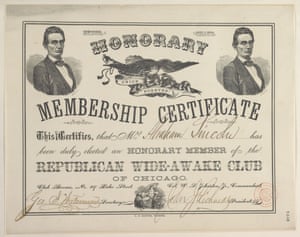Terry Reith CBC

© Shutterstock Injectable opioid agonist therapy has been shown effective for people with severe opioid addiction.
Canada's health minister is calling on the Alberta government to reconsider the closure of its injectable opioid agonist treatment program, which Premier Jason Kenney says will end in the spring when the province stops funding it.
The service provides patients with severe opioid use disorder, a recognized condition, with injections of pharmaceutical-grade heroin, known as diacetylmorphine, or hydromorphone.
"We are disappointed by this decision from the Alberta government, and we urge them to reconsider," a spokesperson for Patty Hajdu said.
The health minister's call comes one week after a group of patients benefiting from Alberta's injectable opioid agonist treatment (iOAT) pilot program filed a lawsuit seeking an injunction to stop Alberta's provincial government from ending it.
If the three Alberta clinics that offer the treatment close, few people east of British Columbia would have access to the program, which is a cornerstone of the federal government's latest strategy to combat the opioid crisis.
"Many people are struggling with substance use, and in too many communities, the COVID-19 pandemic is compounding this ongoing public health crisis," the minister's statement said.
From January 2016 to March of this year 16,364 Canadians died from opioid overdoses according to figures from the federal government. The numbers have shown an increasing trajectory, with 3,799 deaths last year, and over 1,000 in the first three months of 2020.
The federal government began opening the door to community-based iOAT treatments in 2018 and has provided funding for pilot projects.
The move followed decades of research — first in Europe, then in British Columbia. Multiple studies suggested that providing daily access to pharmaceutical grade injectable opioids allowed long-term chronic users to stabilize their lives, find homes and stop engaging in criminal activity many relied on to support their addictions. Most stuck with the program long term, and some were able to stop using injection drugs altogether.
Alberta's previous NDP government launched the pilot program in late 2017. Kenney is giving the 60 patients currently enrolled one year to transition to other programs that do not involve injecting opioids. He has called the federal government's approach "facilitating addiction."
"Handing out free narcotics to addicts is not compassion," the premier said in response to questions from CBC News in September.
Canada's health minister is calling on the Alberta government to reconsider the closure of its injectable opioid agonist treatment program, which Premier Jason Kenney says will end in the spring when the province stops funding it.
The service provides patients with severe opioid use disorder, a recognized condition, with injections of pharmaceutical-grade heroin, known as diacetylmorphine, or hydromorphone.
"We are disappointed by this decision from the Alberta government, and we urge them to reconsider," a spokesperson for Patty Hajdu said.
The health minister's call comes one week after a group of patients benefiting from Alberta's injectable opioid agonist treatment (iOAT) pilot program filed a lawsuit seeking an injunction to stop Alberta's provincial government from ending it.
If the three Alberta clinics that offer the treatment close, few people east of British Columbia would have access to the program, which is a cornerstone of the federal government's latest strategy to combat the opioid crisis.
"Many people are struggling with substance use, and in too many communities, the COVID-19 pandemic is compounding this ongoing public health crisis," the minister's statement said.
From January 2016 to March of this year 16,364 Canadians died from opioid overdoses according to figures from the federal government. The numbers have shown an increasing trajectory, with 3,799 deaths last year, and over 1,000 in the first three months of 2020.
The federal government began opening the door to community-based iOAT treatments in 2018 and has provided funding for pilot projects.
The move followed decades of research — first in Europe, then in British Columbia. Multiple studies suggested that providing daily access to pharmaceutical grade injectable opioids allowed long-term chronic users to stabilize their lives, find homes and stop engaging in criminal activity many relied on to support their addictions. Most stuck with the program long term, and some were able to stop using injection drugs altogether.
Alberta's previous NDP government launched the pilot program in late 2017. Kenney is giving the 60 patients currently enrolled one year to transition to other programs that do not involve injecting opioids. He has called the federal government's approach "facilitating addiction."
"Handing out free narcotics to addicts is not compassion," the premier said in response to questions from CBC News in September.
Patients file lawsuit to keep Alberta program operating
Patients enrolled in the program have have filed 11 affidavits in a lawsuit that is attempting to put a human face on the treatment. People who had focused their entire lives on the pursuit of drugs described awakening to a new world free of the stress and danger on the streets.
Among them a once nationally ranked swimmer. Taylor Maxey began taking opioids following an injury in his late teens. He was soon homeless, panhandling on the streets and committing petty crimes.
Maxey's drug habit was costing $900 a day. He watched friends die around him. He attempted suicide. He tried and failed multiple treatment programs.
Today, at the age of 32, he says in an affidavit that he has stable housing, a new network of supportive friends, and hopes of becoming an outreach worker. Instead of hustling for street drugs, he is injected with opioids at the Calgary clinic slated to close in the spring.
Maxey is terrified of what will happen.
"My life would be shorter and much harsher if I returned to the streets and were denied access to iOAT," he says in an affidavit. "I would be subject to the violence of the streets and the unsafe and precarious world of opioid use. I would be exposed to unsafe supplies of opioids."

© Sam Martin CBC News Patients of Edmonton's injectable opioid agonist treatment program meet outside the office of lawyer Avnish Nanda on October 8, as they announce legal action to block the program's closure.
The Alberta government has not filed a statement of defence in the case. The injunction application will be heard in November.
The Alberta government has not filed a statement of defence in the case. The injunction application will be heard in November.
What the research shows
Beyond personal testimonials, iOAT is supported by a range of clinical research that began in Switzerland in the 1990s. on what was then known as heroin assisted treatment, or HAT. A two-year study of 1,000 people across several centres in Switzerland found "substantial improvements for illicit heroin use, health status and crime among HAT patients," according to a published review of the evidence. It also found a positive cost-benefit ratio because those provided with drugs had fewer medical issues and committed less crime.
A groundbreaking study published in 2009 in the New England Journal of Medicine concluded heroin-assisted treatment was safe and effective. Researchers followed 251 people in Vancouver and Montreal over 12 to 15 months. They found 88 per cent of patients receiving heroin stayed with the program, and among them, there was a 67 per cent decrease in criminal behaviour.
Overdoses and seizures were the most common adverse events recorded, though the study noted that since the patients were under close medical supervision, the overdoses were treated and the patients recovered.
As fentanyl and carfentanil have increasingly tainted the illicit drug supply, creating an overdose crisis, the provision of pharmaceutical heroin has increasingly been seen as a potential solution.
In 2019, the federal government formalized regulations, and the Canadian Research Initiative on Substance Misuse added clinical practice guidelines. At the time, Theresa Tam, Canada's chief public health officer, said expanding the availability of pharmaceutical-grade heroin "will save lives."
Availability limited as overdose deaths increase
But in spite of expectations the therapy would expand across Canada, it remains limited to a handful of sites in B.C., mostly in Vancouver. If the Alberta program shuts down, the only other places in Canada offering it will be Ottawa's Managed Opioid Program, which treats a maximum of 25 people in a residential setting, and a newly opened program in Fredericton, which currently serves seven patients.
Rob Boyd, the program director of another Ottawa treatment centre, would like to offer iOAT but says he can't, because the drugs are not adequately covered by Ontario's health plan.
"Lots of places want to do it," he said. "We would fill up right away."
As overdose deaths increase — there have been more than 1,000 in British Columbia alone this year — Canada's health minister is urging provinces and regulatory bodies to adopt the treatment.
"Do all you can to help provide people who use drugs a full spectrum of options for accessing medication," she wrote in a letter to her provincial counterparts and regulatory bodies on Aug. 24.
"We need immediate action from all levels of government and health care practitioners to prevent further deaths from the contaminated illegal drug supply and COVID-19."
Video: Alberta critical care doctor stresses importance of vaccines as COVID-19 long-term impacts begin to emerge (Global News)









